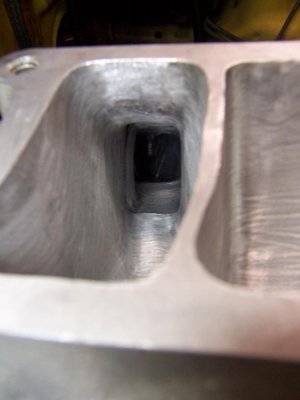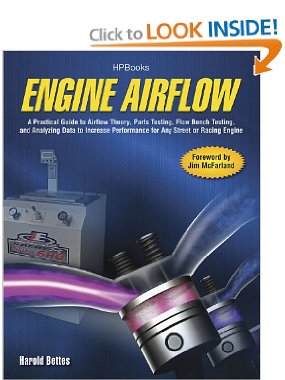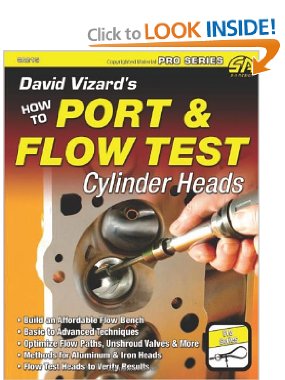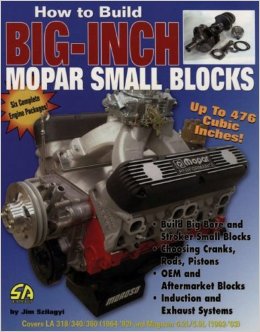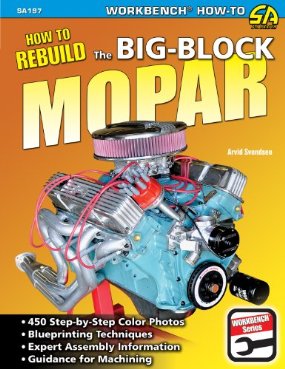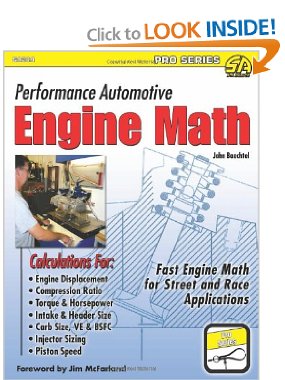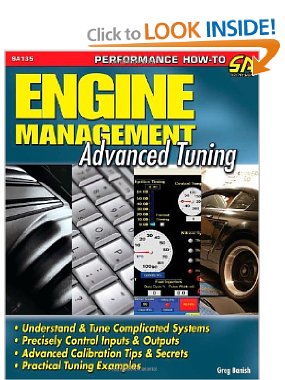I was reading the thread about grinding on Stealth's and had a question arise. I know with the wealth of knowledge you will lead this Mopar newbie to the answer. What gasket part numbers or dimensions should be used to gasket match a set of Stealth heads for a 512 build. I just picked up an Indy dual plane that will need to be done also. I appreciate your help in advance, thanks.
what is it's intended use ?? will it be a track only car or a street/strip car... I don't know if gasket matching makes a real big difference, but it doesn't hurt either
{I've done it on every car I've owned that I changed a set of heads on}, if it's done correctly, just don't go crazy with out know what your doing, just clean them up, mark what side goes where, in relation to the manifolds & blend in 1" or so, the biggest gain will be in the bowls/pockets, short side radious & valve size & type of valve job what angles etc., the rest should really be left to an expert or experienced head porter or you can screw up the heads, if you take material out of the wrong place & screw-up port velocity, change where or if, it makes more power...
maybe IQ52 will chime in here, he can explain it much better than me... IMHFO no one book is the best, there are many more, than I show below, but they will give you a good idea or what & where to grind... IMHFO no one head is the best, no one builder has an exclusive on making power... But you should build the engine & especially the cylinder heads,
for it's intended usage, that's the single biggest HP improvement you will make on a BB Wedge Mopar, heads have always been a big choke point... Spend the money right the 1st time... But I would highly suggest buying a few books, educate yourself on the cylinder head flow principles, before you start grinding away & some books & some heads also are better than others to start with... The inexpensive Stealth can be made to work, it depends on your budget, your abilities &/or knowledge & what your true expectation are... Some builders even big name ones, have many different theories than each other, about port size vs velocity, or port volumes & how it helps &/or hurts the flow vs valve size etc., the bigger the ports basically the higher the RPM's that will benefit the most, but port volume can effect power thru-out the RPM Range, or mess it up too... I like to use a combination of a few theories, to get a consensus & go from there... I highly suggest that you consult a professional head porter, if you have any doubts, it's allot easier to remove more material, than to fix a head, that is hogged out too much,
FOR YOUR INTENDED USAGE... good luck & happy Moparing

